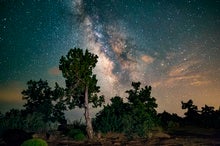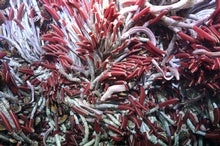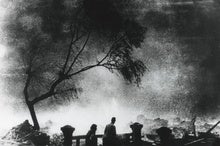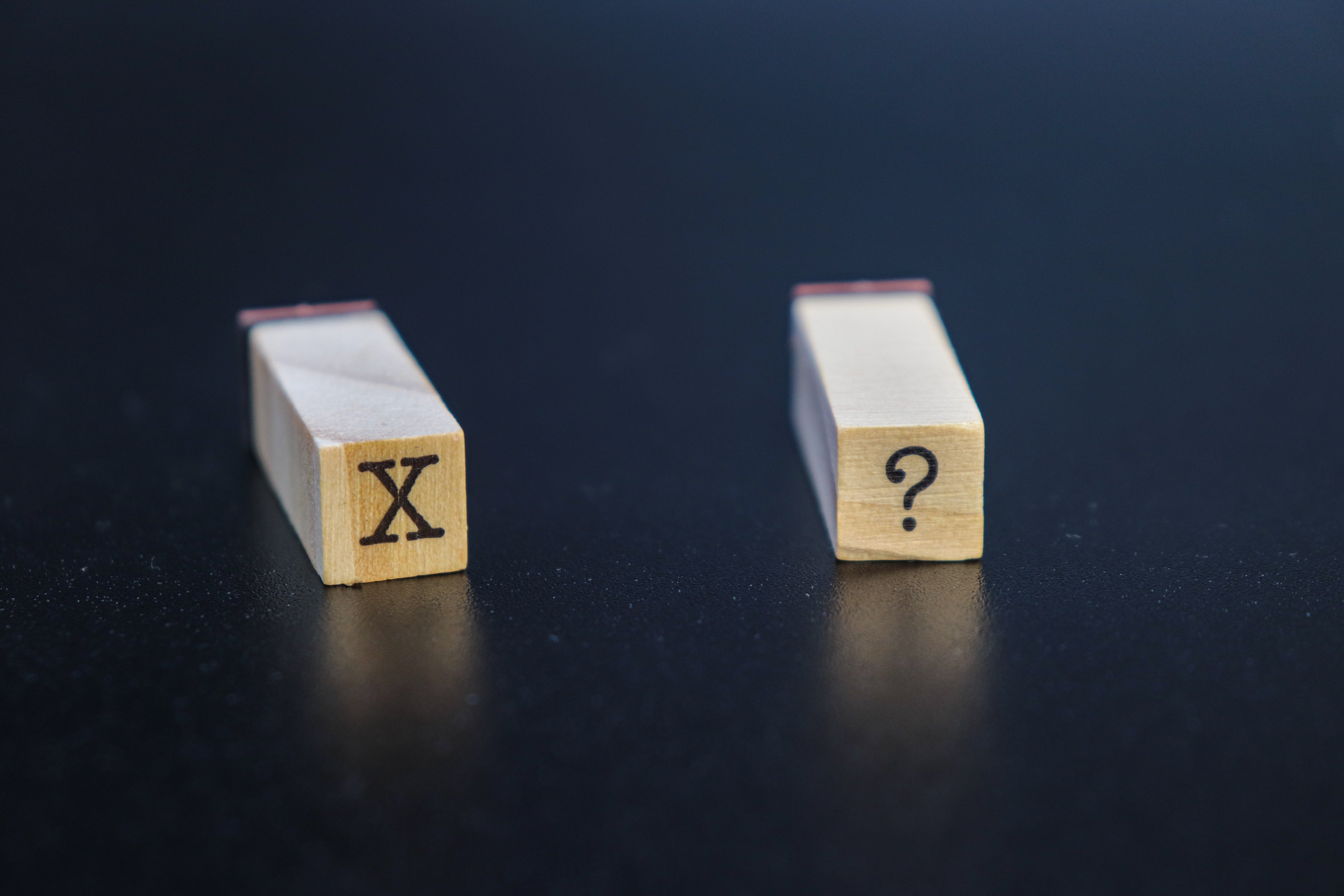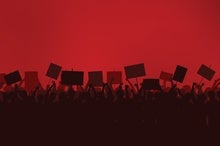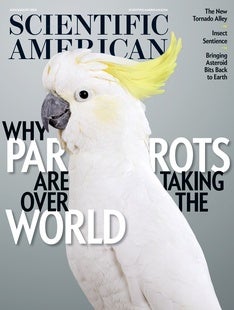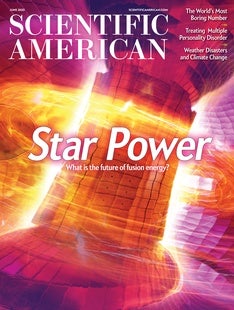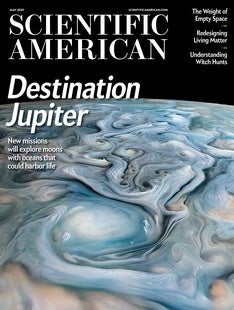 |
| August 10, 2023 |
This week, we're (still) waiting for new physics. "New" as in beyond the "Standard Model," the theoretical construct that has proved wildly successful at explaining a host of particle-physics phenomena but that still doesn't account for things like gravity, dark matter, and dark energy. Our top story details the latest buzzworthy news on this front, a fresh result from an experiment reinforcing an apparent discrepancy in the behavior of the muon—the electron's heavier subatomic sibling—that, just maybe, points to an emerging post-Standard Model paradigm. Stay tuned on this front, but don't hold your breath! Elsewhere this week, we have stories on the discovery of the Milky Way, familiar-yet-alien ecosystems thriving below the seafloor, shifts in public support for NASA's spaceflight plans, and more. Enjoy! |
| | Lee Billings, Senior Editor, Space & Physics
| |
 |
| Particle Physics Muon Mystery Deepens with Latest Measurements The latest data from the Muon g−2 experiment corroborates previous results, but clashing theoretical predictions leave physicists without a clear conclusion By Daniel Garisto | |
| |
| |
| |
| |
| |
| |
| |
| |
FROM THE ARCHIVE
 | | | |
LATEST ISSUES
 |
| |
| Questions? Comments?  | |
| Download the Scientific American App |
| |
| |




